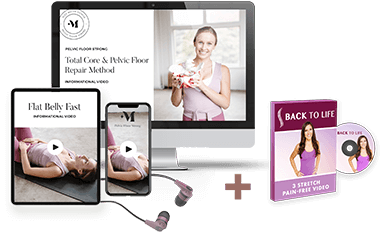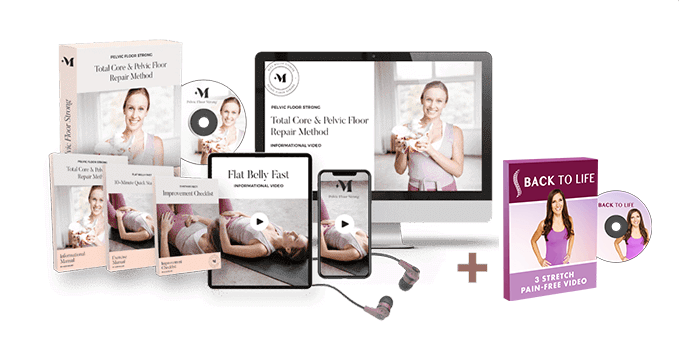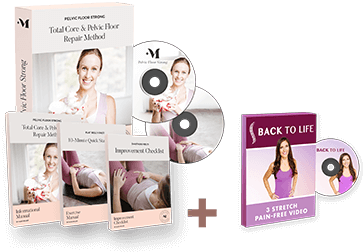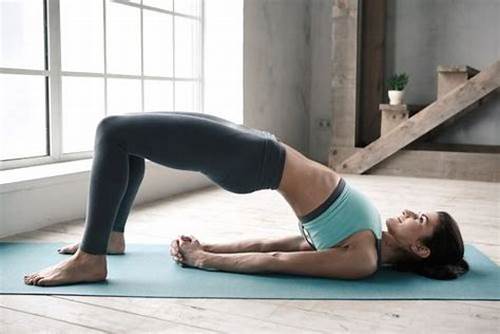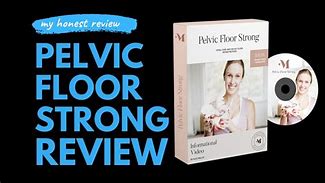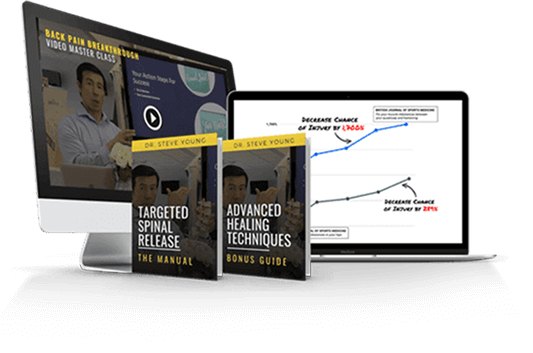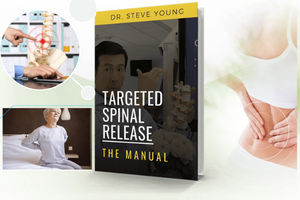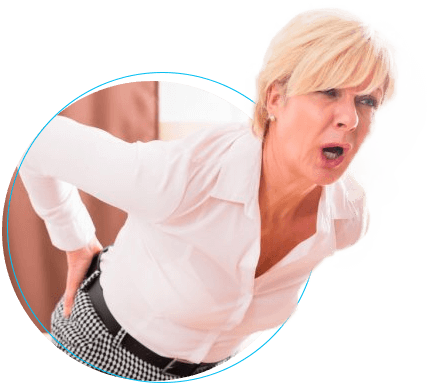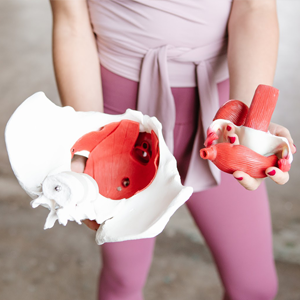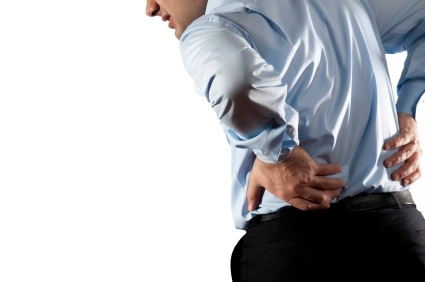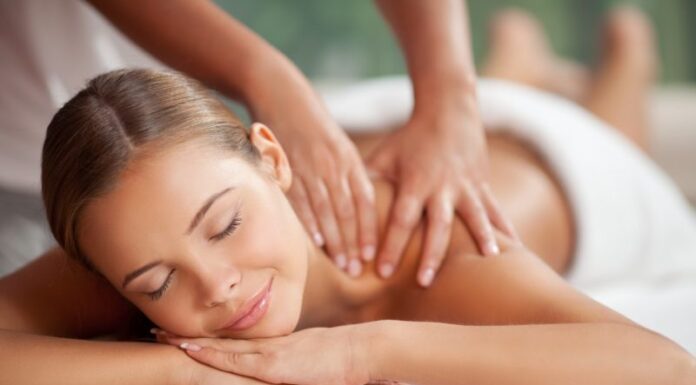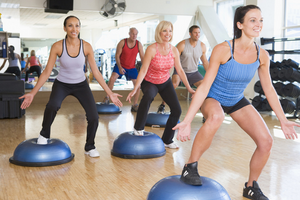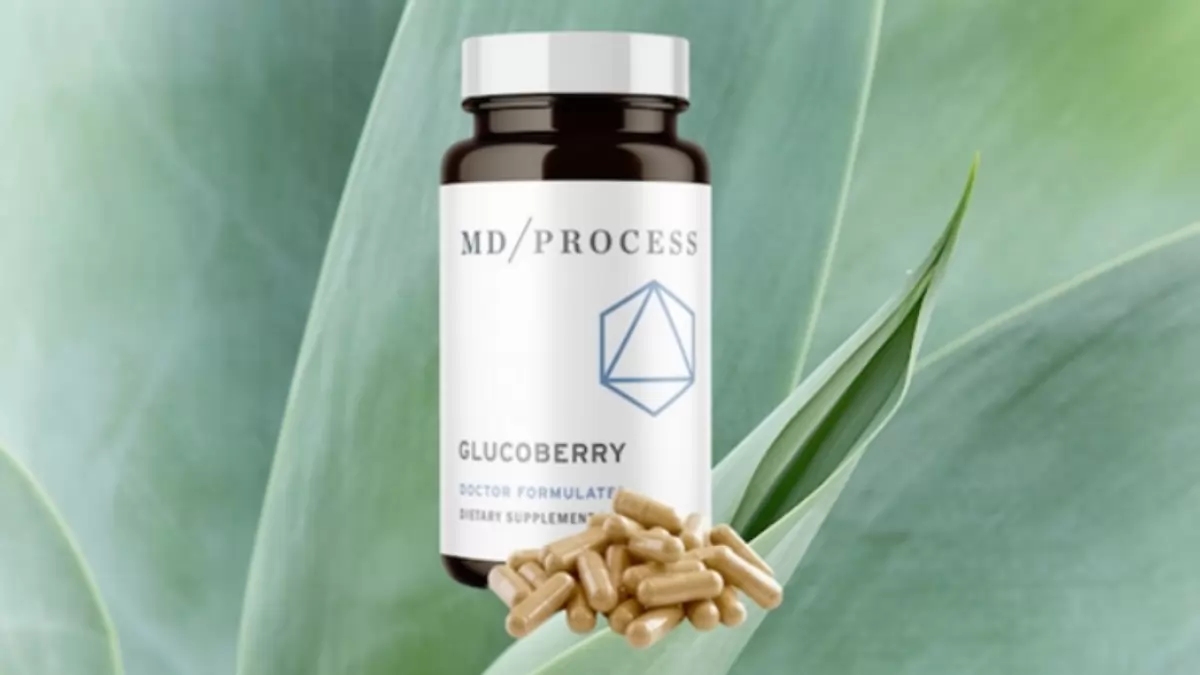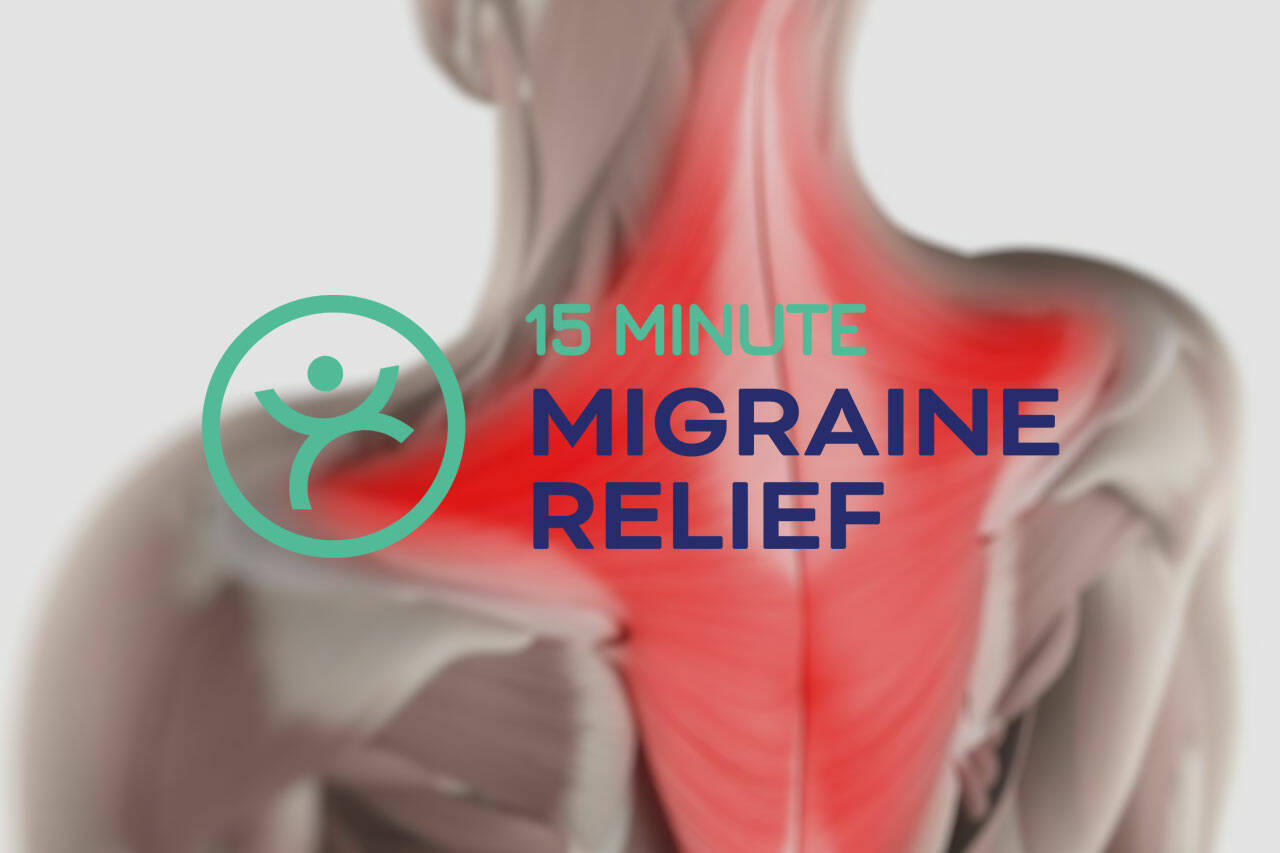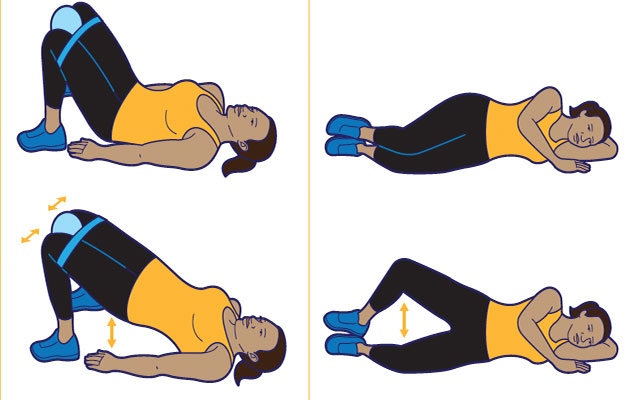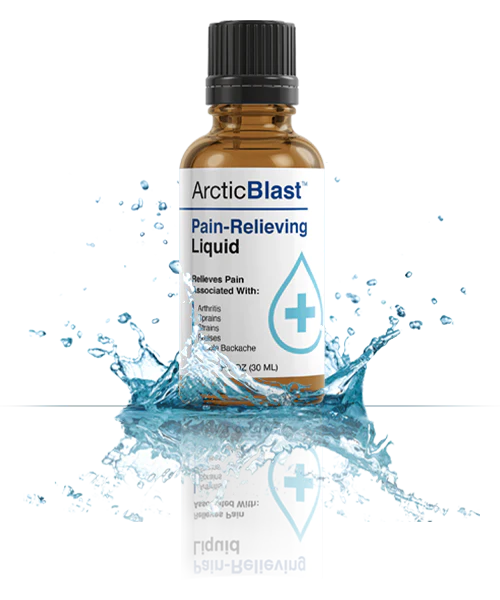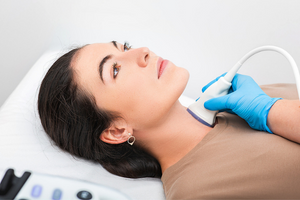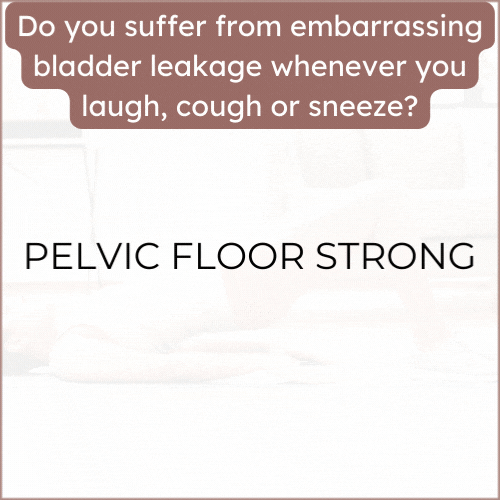7 Exercises To Prevent & Treat Your Overactive Bladder
Overactive bladder (OAB) is a common condition that affects millions of people worldwide. OAB can cause sudden urges to urinate, frequent urination, and even incontinence. Luckily, there are many exercises and lifestyle changes that can help prevent and treat OAB.
Here are 7 exercises to prevent and treat OAB:
- Kegel Exercises: Kegels are exercises that help to strengthen the pelvic floor muscles. These muscles help to control bladder function and can become weakened over time, leading to OAB. To perform Kegels, tighten the muscles that you would use to stop urinating, hold for a few seconds, and then release. Repeat this exercise several times a day.
- Bladder Training: Bladder training is a technique that involves gradually increasing the time between bathroom breaks. This can help to stretch the bladder and increase its capacity, reducing the frequency of OAB symptoms. Start by keeping track of your bathroom habits and gradually increasing the time between breaks. Aim for 2-4 hours between bathroom visits.
- Biofeedback: Biofeedback is a technique that uses sensors to measure muscle activity and provide feedback to the patient. It can be used to help patients learn how to properly contract and relax the pelvic floor muscles, which can help to improve bladder control.
- Vaginal Cones: Vaginal cones are small weights that can be inserted into the vagina to help strengthen the pelvic floor muscles. Start with a light weight and gradually increase over time.
- Sit-to-Stand Exercises: Sit-to-stand exercises involve repeatedly standing up and sitting down in a chair. This exercise can help to strengthen the leg and pelvic muscles, which can improve bladder control.
- Low-Impact Exercise: Low-impact exercise such as walking, cycling, and swimming can help to improve overall bladder function by improving circulation and reducing constipation.
- Yoga: Yoga can help to improve bladder control by strengthening the pelvic floor muscles and reducing stress. Poses such as the Bridge Pose, Child's Pose, and Cat-Cow Pose are particularly effective.
In addition to these exercises, there are also several lifestyle changes that can help to prevent and treat OAB. These include avoiding certain foods and drinks such as tomatoes, spicy foods, and caffeine, drinking plenty of fluids, and maintaining a healthy weight.





